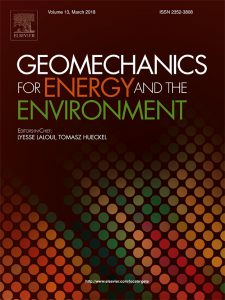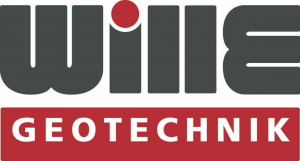4. The Geomechanics of CO2 Sequestration
Lecturer
Lyesse Laloui
Content
The subsurface storage of CO2 in deep saline aquifers is a process that involves large amounts of CO2 (generally more than 1 million tons per year) and causes pressure and stress changes over the span of many square kilometers. Due to the need to ensure the safe storage of CO2 over these large areas, it is important that we have a solid understanding of how these stress changes occur and what their implications are for storage.
This course focuses on provided students with a deeper understanding of the geomechanics of CO2 storage such that they will understand the importance of a stable caprock and how the injection of CO2 is likely to influence this stability. Further, the injection of cold CO2 will be discussed with both the advantages and the added complications that this type of injection brings. Finally, the use of uplift to track CO2 plume movement and the risks of induced seismicity will be addressed.
The main topics of the course are:
- Cap rock stability
- Capillary entry pressure
- Potential for fault slip in cap rock
- HM impact of CO2 injection on clay-rich caprock
- Cold CO2 injection
- Advantages
- Thermal strains
- Uplift
- Importance for confinement
- Numerical and analytical approaches
- Seismicity
- Fault detection
- Significance of wellbore orientation
Importance of basement rock



